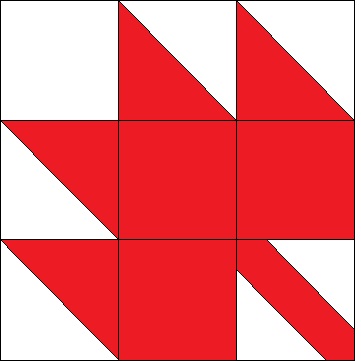Getting Ready for the Edmonton Festival of Quilts
Part 10: Log Cabin and the Yukon block The Log Cabin design has been popular since the 1850’s reflecting the log cabin structure and its central importance to home on the frontier. The design represented the struggle of conquering the wilderness. The small central typically red square symbolized the stove or fireplace of the home. Yellow… Continue reading Getting Ready for the Edmonton Festival of Quilts

